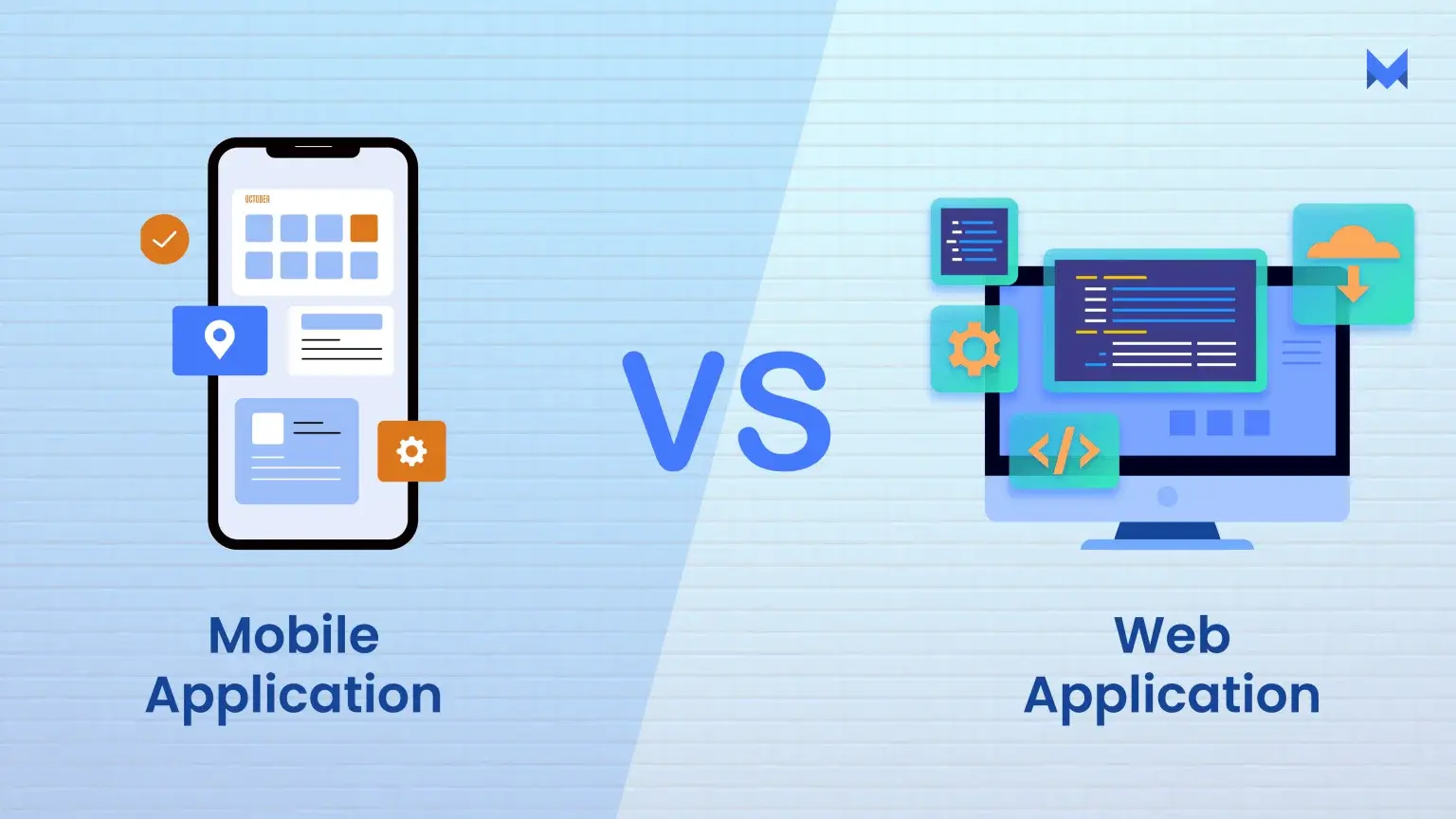No products in the cart.
Compare web apps and mobile apps and decide what’s best for your business.

As businesses in Laos increasingly embrace digital technologies, understanding the difference between web apps and mobile apps is crucial to making the right investment. Both platforms offer opportunities to engage customers and streamline operations, but choosing the right one depends on your specific business goals, budget, and target audience.
This article breaks down the key aspects of web apps and mobile apps to help you decide which solution best fits your needs in 2025.
A web app is a software application accessed through a browser over the internet. It typically does not require installation and works across various devices including desktops, tablets, and smartphones.
Cross-Platform Compatibility: Runs on any device with a modern browser, including laptops and mobile phones.
Easier Updates: Developers can update the app centrally without requiring users to download anything.
Lower Development Costs: Generally less expensive to develop than building separate apps for different operating systems.
No Installation Required: Users can access instantly without app store downloads or storage usage.
Limited access to device hardware features like camera, GPS, or push notifications.
Reliant on stable internet connection for full functionality.
User experience may be less smooth than native apps, especially for complex interactions.
A mobile app is software designed to run on specific mobile operating systems such as iOS (Apple) or Android. These apps are downloaded and installed from app stores.
Rich User Experience: Access to device hardware (camera, GPS, accelerometer) enables advanced features.
Offline Access: Many apps store data locally, allowing use without internet connectivity.
Push Notifications: Direct communication with users improves engagement and retention.
Better Performance: Native apps are typically faster and more responsive.
Higher Development Costs: Building separate apps for iOS and Android increases cost and complexity.
Longer Development Time: More time required due to app store approval and platform-specific requirements.
Maintenance: Users must install updates, and managing multiple platforms can be challenging.
You want to reach a broad audience across many devices quickly.
Your app involves simpler features mainly requiring internet access.
You have budget constraints and shorter development timelines.
You prefer easy updates and centralized control over your app.
Your app needs to utilize device-specific capabilities like GPS, camera, or offline use.
You want to engage users with push notifications and personalized experiences.
Performance and user interface smoothness are top priorities.
You are targeting frequent users who will benefit from an installed app.
An emerging middle ground is Progressive Web Apps (PWAs), which combine the best of web and mobile apps. PWAs work in browsers but provide app-like experiences, including offline access and push notifications.
PWAs are gaining traction in Laos for businesses wanting a cost-effective yet engaging solution.
Both web apps and mobile apps have their place in modern digital strategy. The choice depends on your business goals, user needs, and resources. For Lao businesses in 2025, understanding these differences ensures you invest wisely to enhance customer engagement and operational efficiency.
CITS Laos offers expert digital consultancy, helping businesses select and develop the right web or mobile app solutions tailored to the Lao market. Visit cits.lafor more information and support.